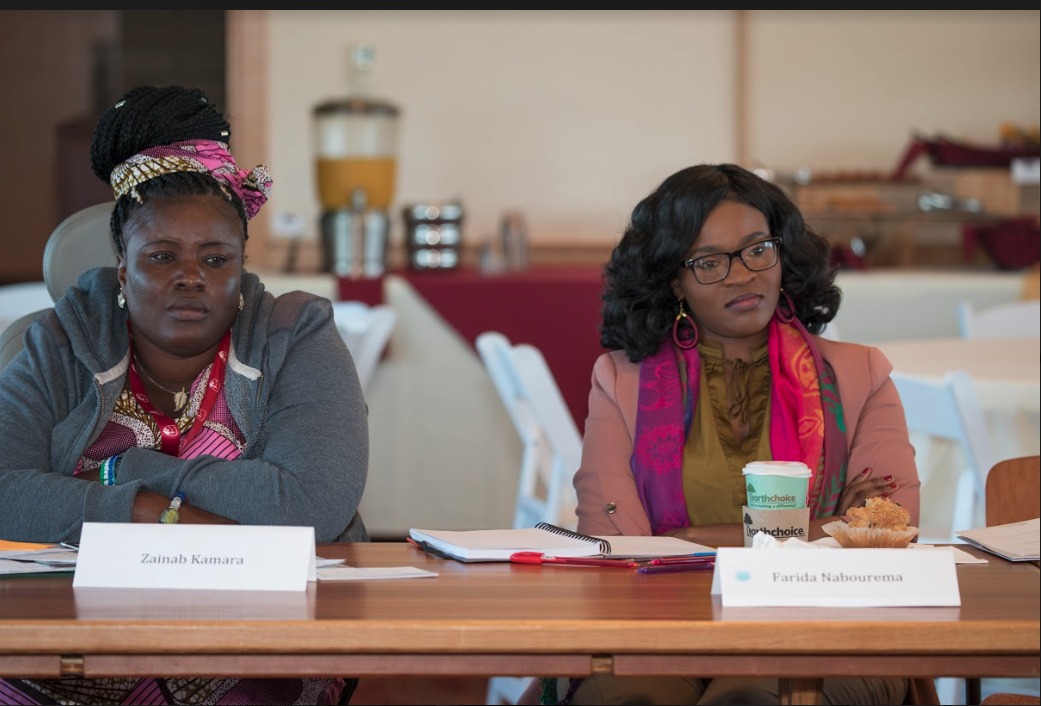
Strategies & Tactics
-
This is a short digital book by CANVAS Core Curriculum, a Balkan-based organization that aims to strengthen and operate a network of international consultants with expertise in building and running successful non-violent movements. The book is divided into 20 lessons, and content covers theories and application, planning considerations, and organizational and operational considerations.
-
By Hardy Merriman, ICNC.
Summary research article on the importance of three attributes - unity, planning, and nonviolence that will ensure success for movements.
-
By Street Civics. Lists the importance of seven strategies to grassroots movements: policy change and advocacy strategies, nonviolent action and civil disobedience, challenges to legal authority and legitimacy, political resistance, social transformation models, economic means and leveraging, and citizen action and empowerment.
-
By New Tactics for Human Rights. A 5-step toolkit to understand how to combine diverse tactics into effective and complex strategies.
-
by Sheehan, J and Andrea Speck. A primer on how to build effective strategies. Has exercises to develop groups ideas and tactics into strategies and subsequently into action.
-
Toolkit by South African-based org. CIVICUS sourced from reports, interviews, existing toolkits and other resources from activists and members of civil society around the world. The document includes tactics and strategies that have been employ, and the context in which it was used. Organizers can use this toolkit while considering the national context before implementing protest tactics and strategies. The toolkit gives an overview of the right to protest, tactics, strategies for sustainable protest, fostering collaboration, best practices, and other resources.
-
Article by George Lakey on using dilemma as a tactic. The core idea is to put the opponent in a dilemma where no matter what choice they make, the advantage is to the campaigners.
-
By Frontline Defenders. This handbook is designed as a resource to enable trial observers to accurately report on trial proceedings and to contribute to the protection of HRDs facing prosecution by highlighting injustice and the lack of due process.
-
Nonviolence National has a dedicated webpage just on the variety of tactics that have been used in different campaigns across different contexts.
Sameena N., 2019 IGLI Participant
-
By new Tactics for Human Rights. Highlights limitations of current strategies utilised by human rights organisations. And proposes a new and flexible way to think about tactics and strategies.
-
In this special report, Jonathan Pinckney traces the pathways through which civil resistance movements of the last seventy years have removed dictatorships and the impact of these different pathways on levels of democratic progress. The author finds that pathways that involve campaign initiative, institutional mechanisms, and building cooperative norms – particularly negotiated transitions – tend to lead to the highest levels of democratic progress.
-
This monograph from International Center for Nonviolent Conflict introduces terms and fundamental concepts in civil resistance, and lays out the underlying factors that drive the growth of new civil resistance tactics worldwide. The monograph also offers clear takeaways for activists and practitioners, experts, researchers in the field, and others who are interested in supporting nonviolent movements effectively.
-
Download LINK
Monograph by Jacob Lewis from the International Center for Nonviolent Conflict answering the question: “What role does trust play in shaping the outcomes of civil resistance campaigns?” Trust has been found to be a critical factor in building political and social capital, encouraging group cohesion, and overcoming collective action problems. Despite this, trust has not been directly addressed by the civil resistance scholarship. This monograph, drawing lessons from Africa, addresses this lacuna by examining how trust shapes – and is shaped by – three levels of mobilization: trust at the individual level, trust within activist groups, and trust across resistance campaigns.
-
No resistance tactics has a “one size fits all.” Check out the primer on how to choose your tactics from Beautiful Rising here
-
By Bogati & Thurber.
This special report is a case study that traces the development of conflict in Nepal over the past thirty years, with a specific emphasis on the 2006 civil resistance campaign and subsequent peace process that led to the resolution of the country’s decade-long Maoist insurgency. The report discusses the questions and factors that successfully launched a civil resistance campaign to oust the king, and were able to engage in transformative peace.
-
By OccupyWinning. Download the tool here
-
By Beautiful Trouble. You have likely seen or used this popular tool before if you are in the activism space. This is one of the most widely-used tools in the advocacy and campaigning circle since the 1980s. Power mapping is a tool to not only identify who holds power in a specific context, but also to identify who holDownload LINKds influence over that person. Therefore, it can be used to identify who to target with your direct action and campaign activities.
-
By Beautiful Trouble. Download LINK
-
-
Helpful Tools in Organizing
Not sure where to start? check out these reports, short op-eds, and case studies to help you frame understanding:
Kathleen K., IGLI 2019 Co-Host

